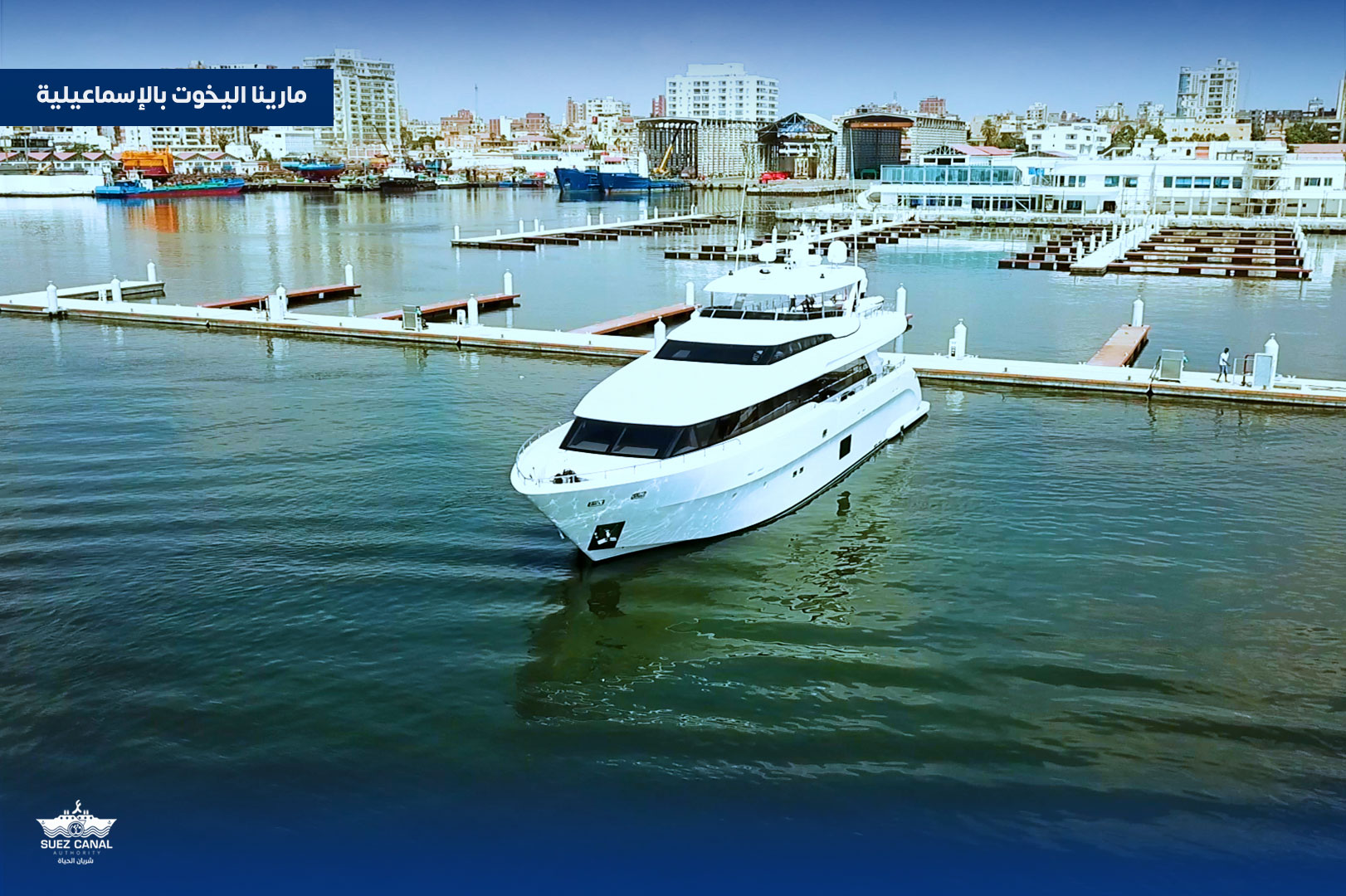A crane toppled off a construction barge near Norfolk, Va., last year because no spotter was present to notice the crane being driven too far aft, and the cable system securing the crane to the barge failed, the National Transportation Safety Board said Thursday in its most recent marine accident investigation report.
The barge, the Carolyn Skaves was a 180-foot-long construction barge built in 2019 and owned by Sterling Equipment. In 2021, Seaward Marine Corporation (Seaward Marine) leased the barge and purchased a Liebherr 1300.1SX model mobile hydraulic lattice boom crawler crane, which was operated from the deck of the barge.
Beginning in September 2021, the Virginia Department of Transportation contracted Seaward Marine to install bridge substructure components for the Interstate 64 Hampton Roads Bridge-Tunnel in Norfolk as part of an expansion project for the bridge-tunnel. The company supplied the Carolyn Skaves and its onboard crawler crane to complete the work. At the end of each workday, all employees departed the spudded-down barge (no one stayed on board the barge overnight)
While working on the project near Norfolk on Feb. 8, 2022, the crawler crane fell off the construction barge and into Willoughby Bay. The crane was later recovered and declared an insurance loss of nearly $2 million. There were no injuries, but an oil sheen was visible on the water.
As ever, the full report adds a bit more color to the barebones NTSB summary. Here’s a sample:
“After lowering the block to its desired height, the crane operator began moving the crane aft, using the pedals to move each track. The operator told investigators that as he moved the crane aft, he heard a noise on his left and thought the crane’s steps had hung up on something. He quickly looked to his left and right and then looked for the aft stop mark painted on the timber mat near the forward end of his left track. He stated that he saw that he was beyond the stop mark and released the pedals that he used to move the crane aft. He felt the crane was ‘light in the toes,’ meaning he could see the tracks ‘were starting to come up a little bit,’ so he immediately pushed the pedals to move the crane forward. However, the crane continued to travel aft, and he felt the crane ‘tipping over,’ so he opened the cab door and jumped from the crane as it ‘went over backwards off the barge’ into the bay.”
The 320-ton crane was secured to the barge using a centerline cable system that allowed the crane to move back and forth. The system, required by the U.S. Occupational Safety and Health Administration (OSHA), was intended to prevent the crane from moving laterally or rolling off the barge.
NTSB investigators found that as the crane moved toward the stern preparing for a lift, the centerline cable’s aft eye had opened and became disconnected from the aft deck bracket. This caused the cable system to fail, allowing the crane to travel too far aft. The investigation found that a stronger centerline cable system, one in line with OSHA regulations, would have prevented the crane from being driven off the construction barge.

The company’s policy required a spotter to be used “any time the crane is traveling,” but there was no spotter present when the crane toppled off the barge. The NTSB found that the company did not know workers were not following its policy because they did not have processes in place to ensure workers were complying.
The NTSB determined the probable cause of the crane toppling was the lack of a spotter during the crane movement and the failure of the centerline cable system used to secure the crane to the bridge. Contributing was ineffective company oversight of barge operations.
“All repositioning of a crawler crane on a construction barge—no matter how routine—should be adequately planned and risk-assessed,” the report said. “All personnel involved in movement operations should be clearly identified and their duties understood, including spotting. A method such as a cable system or other physical attachment to prevent the crane from falling off the barge must also be in place before moving the crawler crane as required by OSHA regulations.”
- Download the full NTSB report HERE















